Table of Contents | Mục lục
In this work, all the discourses addressed to lay people in the four main nikāyas of the Pāli Canon, and most of those in the fifth (Khuddaka), have been surveyed, categorized, and analysed. The different ways in which the Buddha customized his style of teaching and the Dhamma being taught according to the various demographic characteristics of his audience (i.e., age, gender, class, and spiritual attainment) are explored, highlighted and discussed.
Some of the findings are to be expected, whereas others are less so. There are several clear gender and class differences in the type of discourse used, the topics of the teaching, and in whether the sutta is oriented to lead the lis-tener to the more worldly goals of happiness in this life or a good rebirth, as opposed to being directed towards complete liberation from rebirth. There are differences too based on the age of the addressees, but less pronounced.
This survey has also brought forth some distinct characteristics of the dif-ferent nikāyas of the Pāli Canon in terms of their suttas to the lay commu-nity. The Aṅguttara Nikāya contains more suttas targeted directly to lay people, plus many others of the ‘indirect’ variety, more suttas addressed to women and to the middle-class, and a higher emphasis on the goals of hap-piness in this life and a good rebirth.
Overall the suttas addressed to lay people show a very strong emphasis on good conduct by body, speech, and mind. But this paper has not addressed whether there would be a different emphasis shown in an examination of the suttas addressed exclusively to the monastic community, and this is an area that warrants further exploration.
A comprehensive catalogue of suttas in the Pāli Canon that are addressed to householders is included in an appendix.

CLICK HERE TO DOWNLOAD
CONTENTS OF THE BOOK
- Abtract
- Introduction
– Aims
– Methodology
– Caveat Lector - Survey
- Categories for analysis
– Categorization of Layperson Addressed
– Age
– Gender
– Class
– Spiritual Attainment
– Goal of the Sutta
– Type of Discourse
– Pedagogical Method
– Dhamma Content - Cross-tabulation and discussion
- Conclusions
- Acknowledgements
- Appendix A – Catalogue of Suttas to Householders
- Appendix B – Layperson and Sutta cross-reference listing
- Abbreviations
- Bibliography
LIST OF THE SUTTAS
2.1. Dīgha Nikāya – The Long Discourses of the Buddha
Total: 34 suttas; 14 to householders; plus, indirectly 1
- [02-Sàmanna-Phala Sutta] The Fruits of the Homeless Life
- [03-Ambattha Sutta] About Ambaṭṭha Pride Humbled
- [04-Sonadanda Sutta] About The Qualities of a True Brahmin
- [05-Kutadanta Sutta] About Kūṭadanta A Bloodless Sacrifice
- [06-Mahàli Sutta] About Mahali Heavenly Sights, Soul and Body
- [09-Potthapàda Sutta] About Poṭṭapāda States of Consciousness
- [10-Subha Sutta] About Subha Morality, Concentration, Wisdom
- [11-Kevaddha Sutta] About Kevaddha What Brahma Didn’t Know
- [12-Lohicca Sutta] About Lohicca Good and Bad Teachers
- [13-Tevijja Sutta] The Threefold Knowledge The Way to Brahmā
- [16-Mahà-parinibbàna Sutta] The Great Passing The Buddha’s Last Days
- [23-Pàyàsi Sutta] About Pāyāsi Debate With a Sceptic Division Three – The Pāṭika Division
- [27-Agganana Sutta] On Knowledge of Beginnings
- [28-Sampasàdaniya Sutta] Serene Faith
- [31-Singàlovàda Sutta] To Sigālaka Advice to Lay People
2.2. Majjhima Nikāya – The Middle Length Discourses of the Buddha
Total: 152 suttas; 47 to householders; plus, indirectly 3
- [04-Bhayabherava Sutta] Bhayabherava Sutta: Fear and Dread
- [14-Cūḷadukkhakkhandha Sutta] The Shorter Discourse on the Mass of Suffering
- [18-Madhupiṇḍika Sutta] The Honeyball
- [27-Cūḷahatthipadopama Sutta] The Shorter Discourse on the Simile of the Elephant’s Footprint
- [30-Cūḷasāropama Sutta] The Shorter Discourse on the Simile of the Heartwood
- [35-Cūḷasaccaka Sutta] The Shorter Discourse to Saccaka
- [41-Sāleyyaka Sutta] The Brahmins of Sālā
- [42-Verañjaka Sutta] The Brahmins of Verañja
- [44-Cūḷavedalla Sutta] The Shorter Series of Questions and Answers
- [51-Kandaraka Sutta] To Kandaraka
- [52-Aṭṭhakanāgara Sutta] The Man from Aṭṭhakanāgara | Preached at Atthakanaagara
- [53-Sekha Sutta] The Disciple in Higher Training | The Trainer for Enlightenment
- [54-Potaliya Sutta] To Potaliya
- [55-Jīvaka Sutta] To Jīvaka | A discourse to Jeevaka the foster son of the Prince
- [56-Upāli Sutta] To Upāli | To the Householder Upaali
- [58-Abhayarājakumāra Sutta] To Prince Abhaya | To the King’s son Abhaya
- [59-Bahuvedanīya Sutta] The Many Kinds of Feeling
- [60-Apaṇṇaka Sutta] The Incontrovertible Teaching
- [78-Samaṇamaṇḍikā Sutta] Samanamandika
- [81-Ghaṭīkāra Sutta] Ghaṭīkāra the Potter
- [82-Raṭṭhapāla Sutta] On Raṭṭhapāla
- [84-Madhurā Sutta] At Madhurā
- [85-Bodhirājakumāra Sutta] To Prince Bodhi
- [86-Angulimāla Sutta] On Angulimāla
- [87-Piyajātika Sutta] Born from Those Who Are Dear | Loved Ones
- [88-Bāhitika Sutta] The Cloak
- [89-Dhammacetiya Sutta] Monuments to the Dhamma
- [90-Kaṇṇakatthala Sutta] At Kaṇṇakatthala
- [91-Brahmāyu Sutta] Brahmayu
- [92-Sela Sutta] To Sela
- [93-Assalāyana Sutta] To Assalayana
- [94-Ghoṭamukha Sutta] To Ghotamukha
- [95-Cankī Sutta] With Canki
- [96-Esukārī Sutta] To Esukari
- [97-Dhānañjāni Sutta] To Dhananjani
- [98-Vāseṭṭha Sutta] To Vasettha
- [99-Subha Sutta] To Subha
- [100-Sangārava Sutta] To Sangarava
- [105-Sunakkhatta Sutta] To Sunakkhatta
- [107-Gaṇakamoggallāna Sutta] To Ganaka Moggalana
- [108-Gopakamoggallāna Sutta] With Gopaka Moggalana
- [114-Sevitabbāsevitabba Sutta] To Be Cultivated and Not to Be Cultivated | Things that should and should not be practiced
- [125-Dantabhūmi Sutta] The Grade of the Tamed | The sphere of Training
- [126-Bhūmija Sutta] Bhūmija
- [127-Anuruddha Sutta] Anuruddha
- [135-Cūḷakammavibhanga Sutta] The Shorter Exposition of Action
- [142-Dakkhiṇāvibhanga Sutta] The Exposition of Offerings
- [143-Anāthapiṇḍikovāda Sutta] Advice to Anāthapiṇḍika
- [150-Nagaravindeyya Sutta] To the Nagaravindans
- [152-Indriyabhāvanā Sutta] The Development of the Faculties
SOME PAGES IN THE BOOK
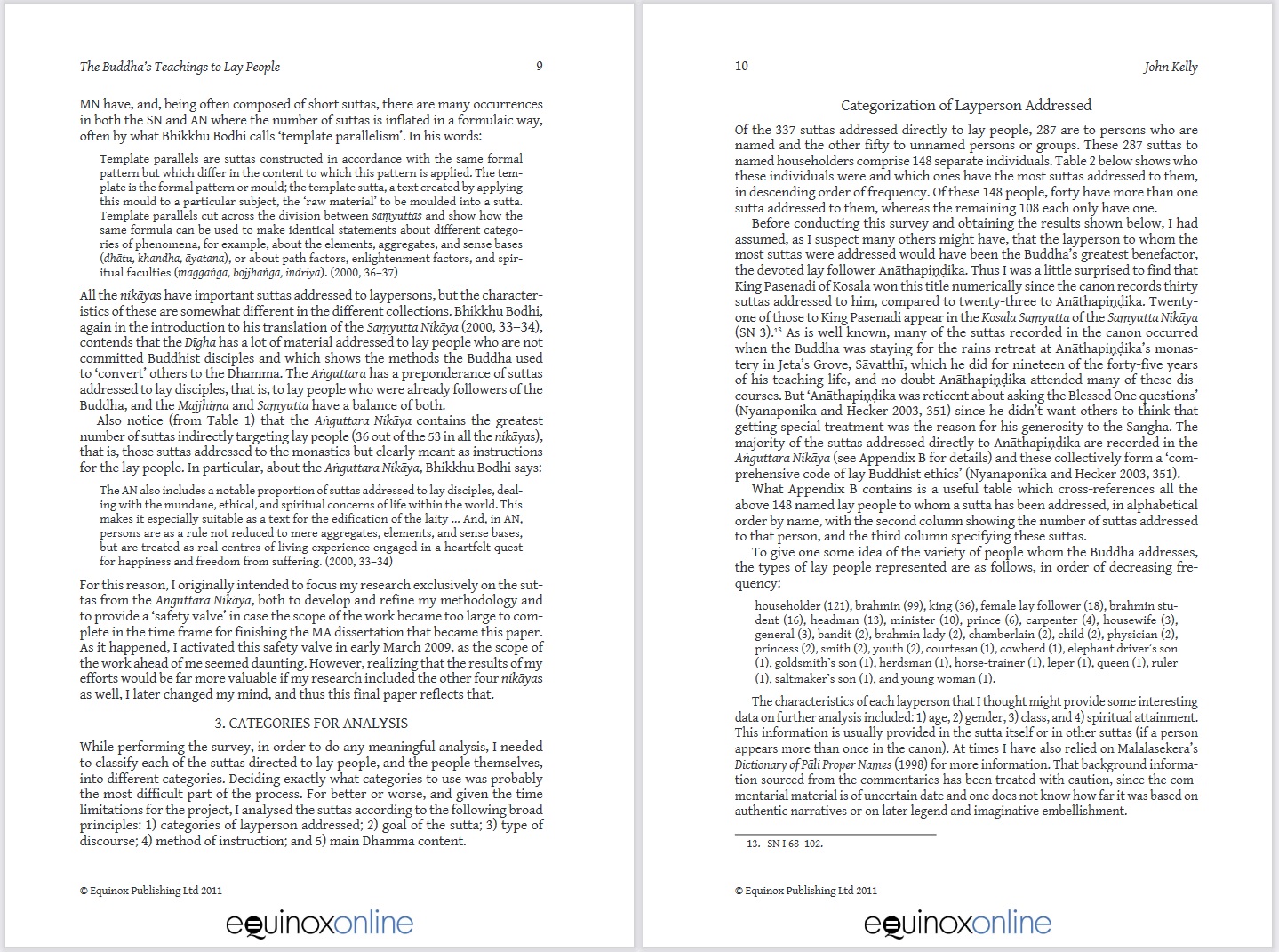
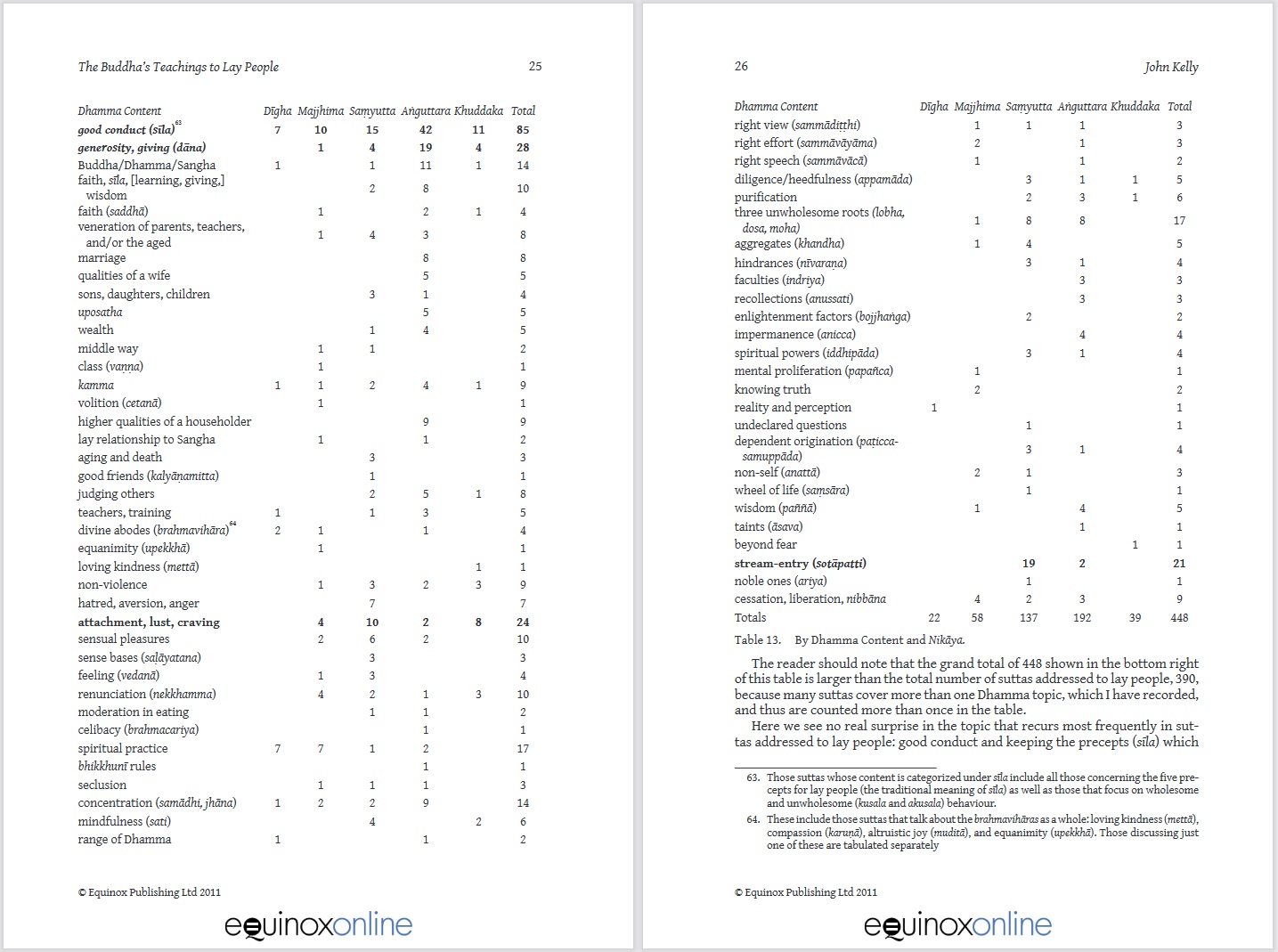
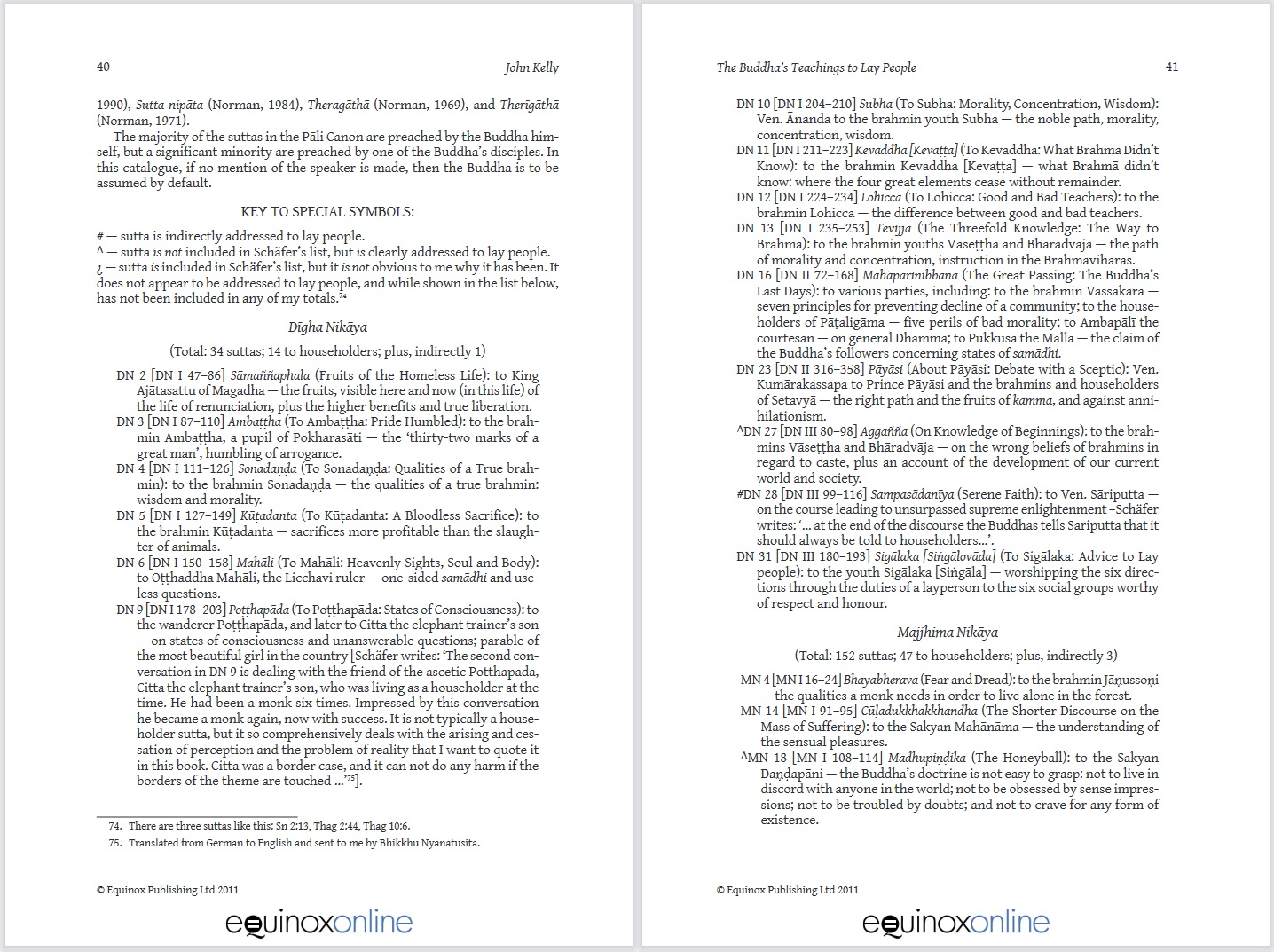


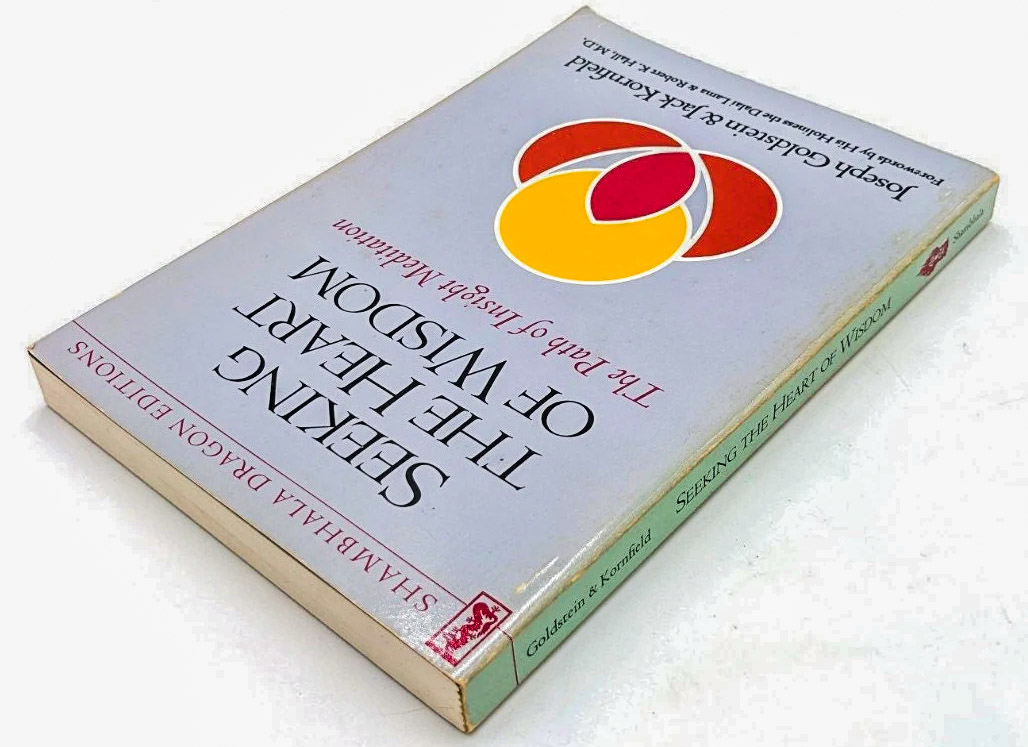
![[PDF] Basic Buddhist Doctrines by Thien Phuc – The full 8 volumes](https://en.namo84000.org/wp-content/uploads/2023/12/Basic-Buddhist-Doctrines-by-Thien-Phuc.jpg)
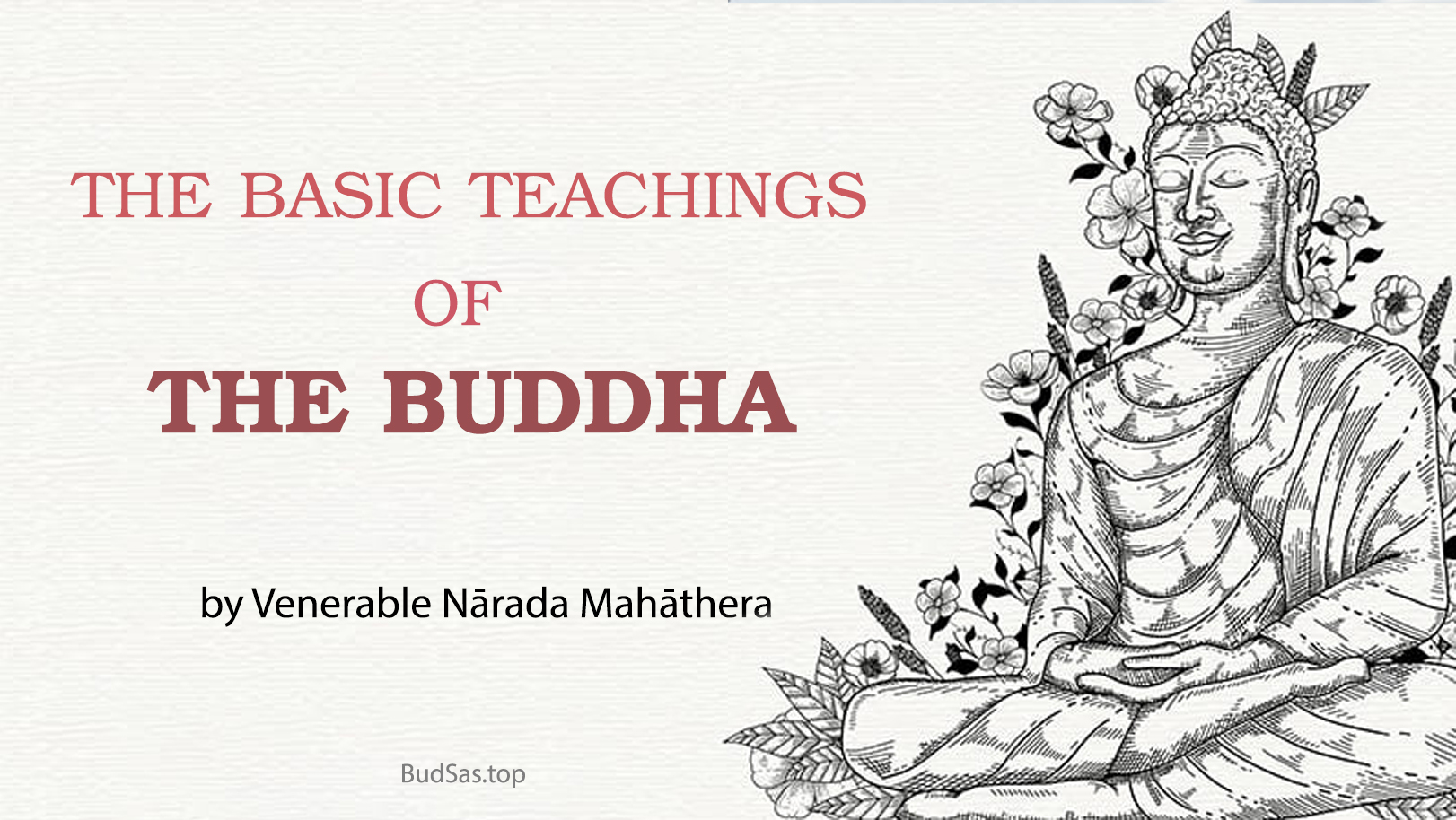
![[En] A Reference Guide to Buddhist Studies](https://en.namo84000.org/wp-content/uploads/2021/10/buddha.jpg)